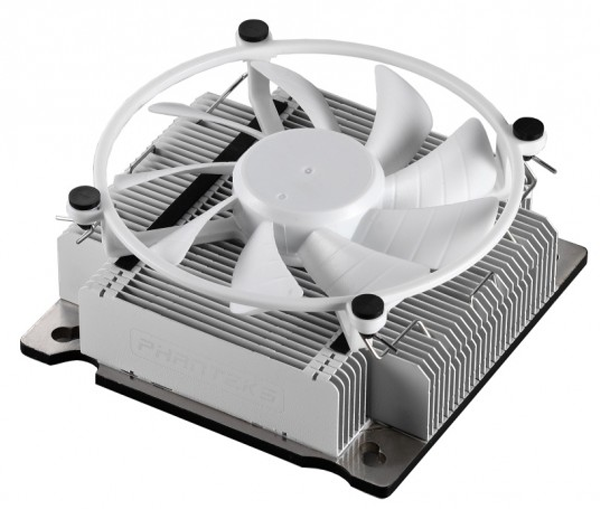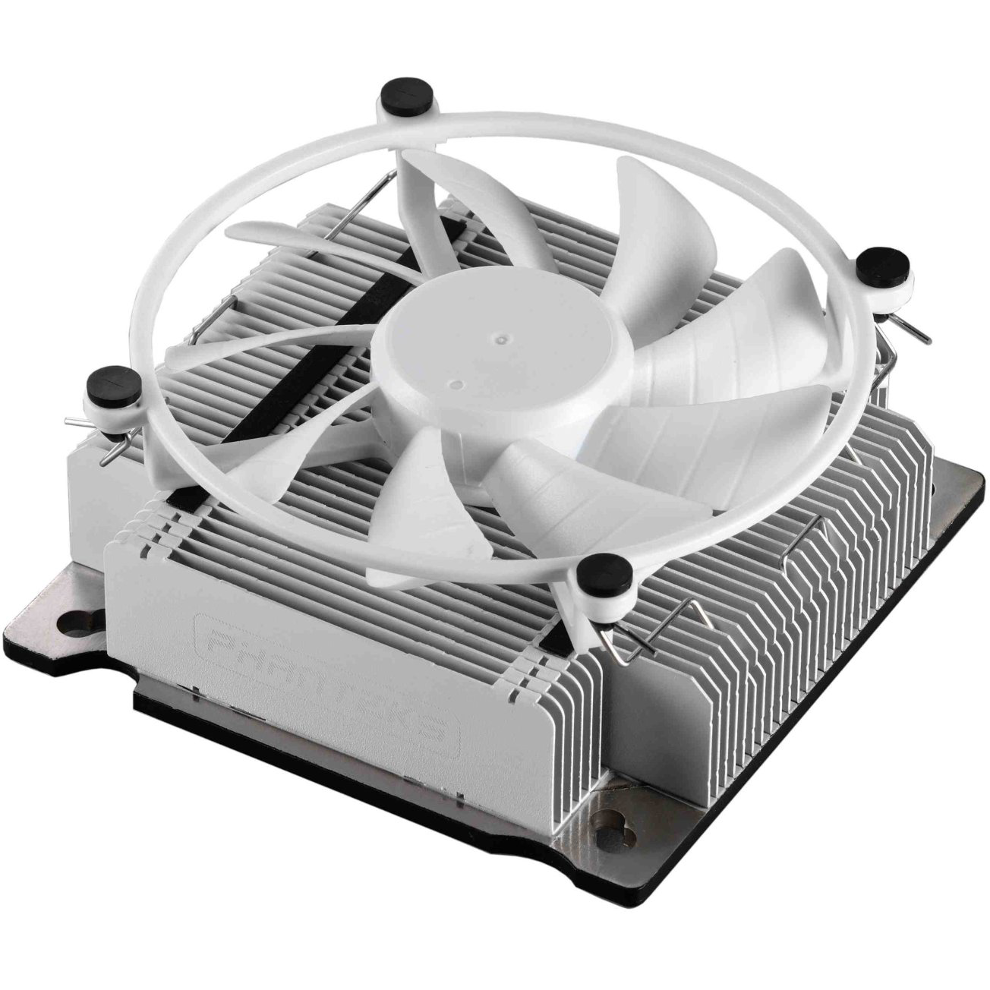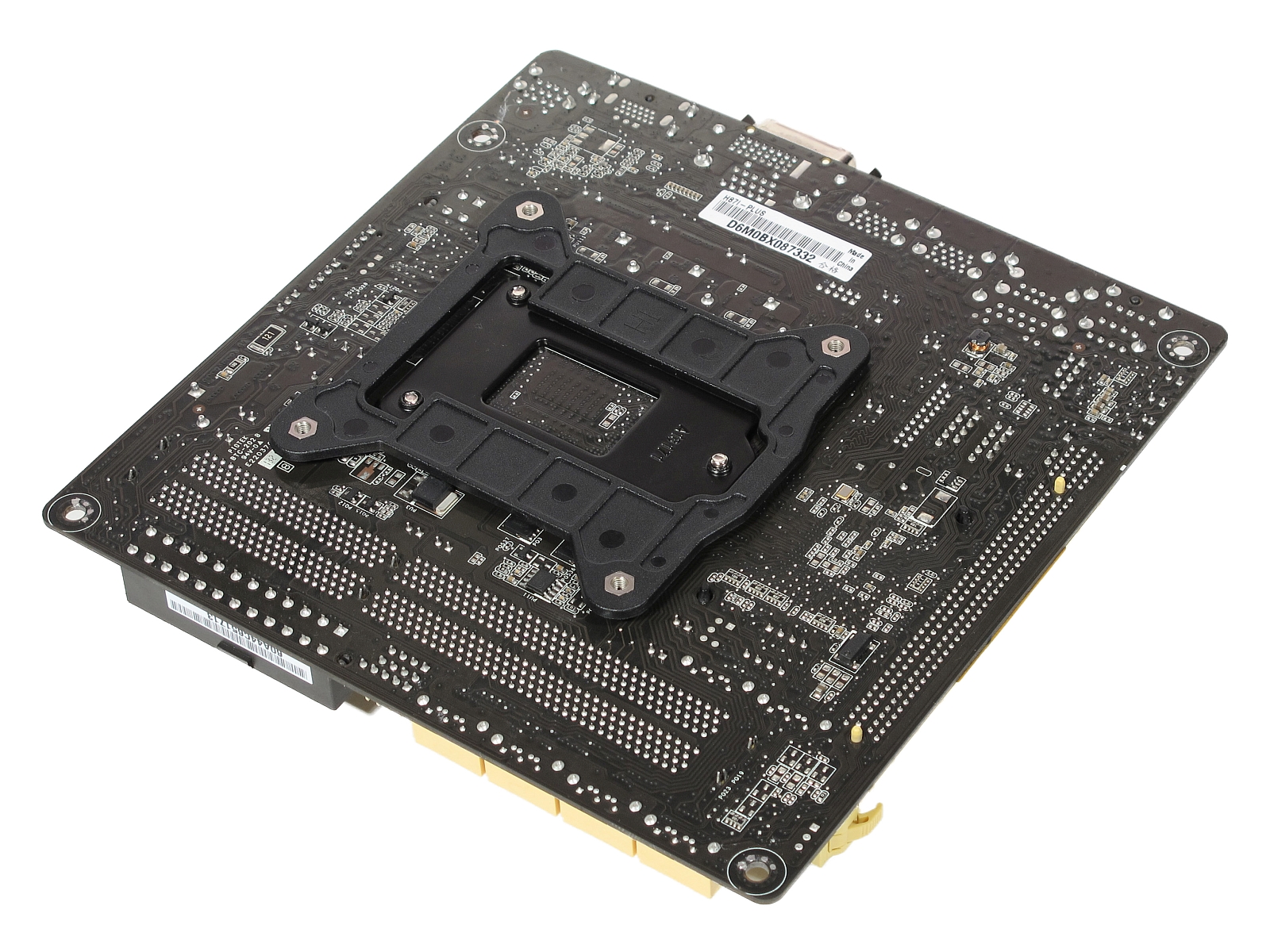Early Verdict
The Phanteks PH-TC90LS is a cheap, easy-to-install, and stylish Mini-ITX air cooler under two inches in height. Unfortunately, it's also barely an upgrade over Intel's boxed cooler in terms of cooling performance and a downgrade in terms of acoustic peace. There are better options available.
Pros
- +
Aesthetics, Installation, Price
Cons
- -
Intel-Only, Noise, Performance, Size
Why you can trust Tom's Hardware
Phanteks' PH-TC90LS reminds us of the thermal solutions you see in server applications. But unlike any rack-mount cooler we've worked with, the PH-TC90LS is painted white. Naturally, it stands out from the crowd.
The sink's three 6mm heat pipes are not readily visible; they are embedded in the large base plate. This plate and the pipes inside are the reason Phanteks' PH-TC90LS weighs a hefty 9.3 oz. (including the fan), making it the heaviest offering in our low-profile series.
The mechanical architecture of this cooler, a large base plate on which a heat sink is built, certainly makes it stable. However, that big base also blocks the motherboard's power circuitry from beneficial air flow, which might affect overclocking headroom.
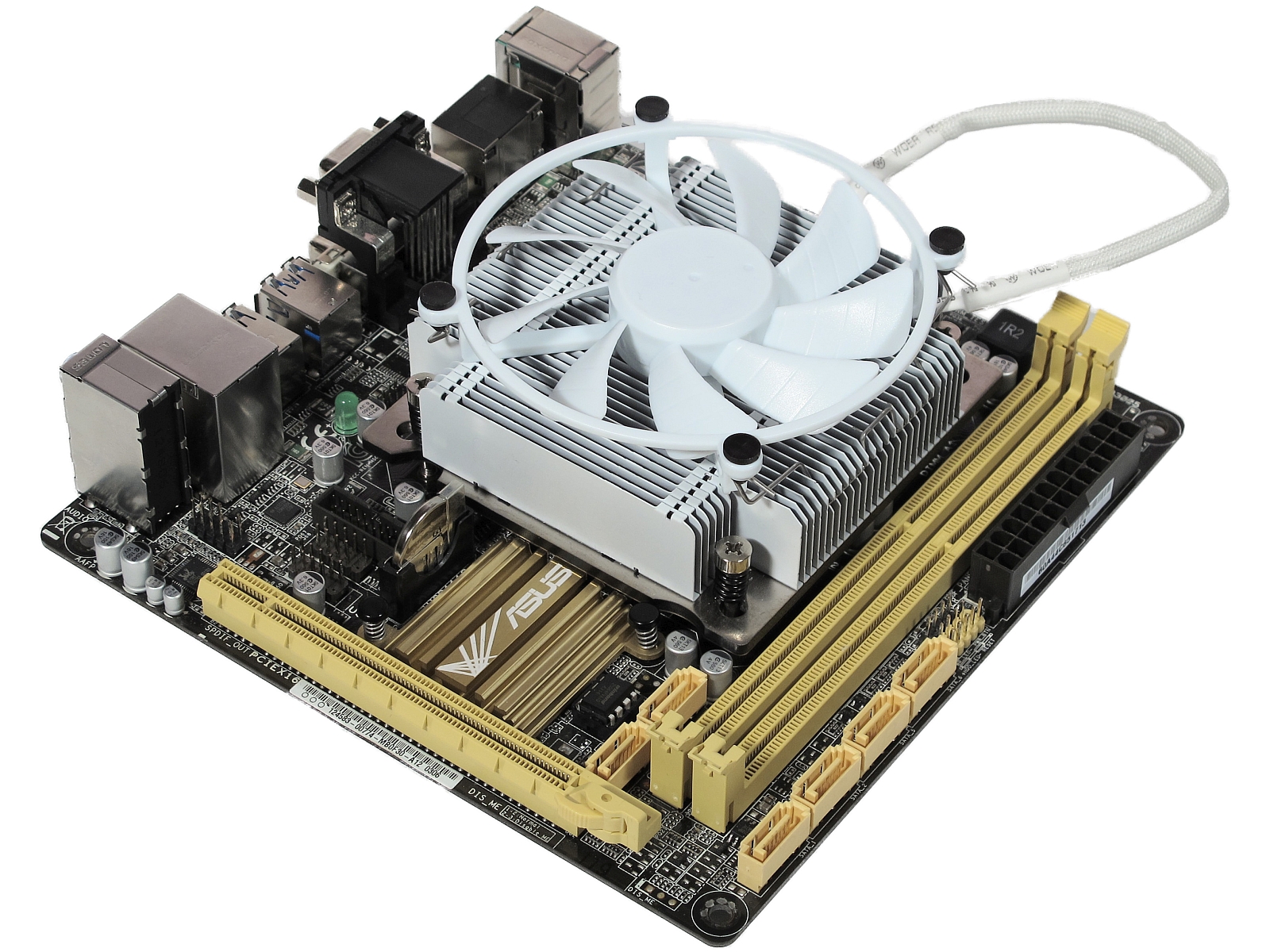
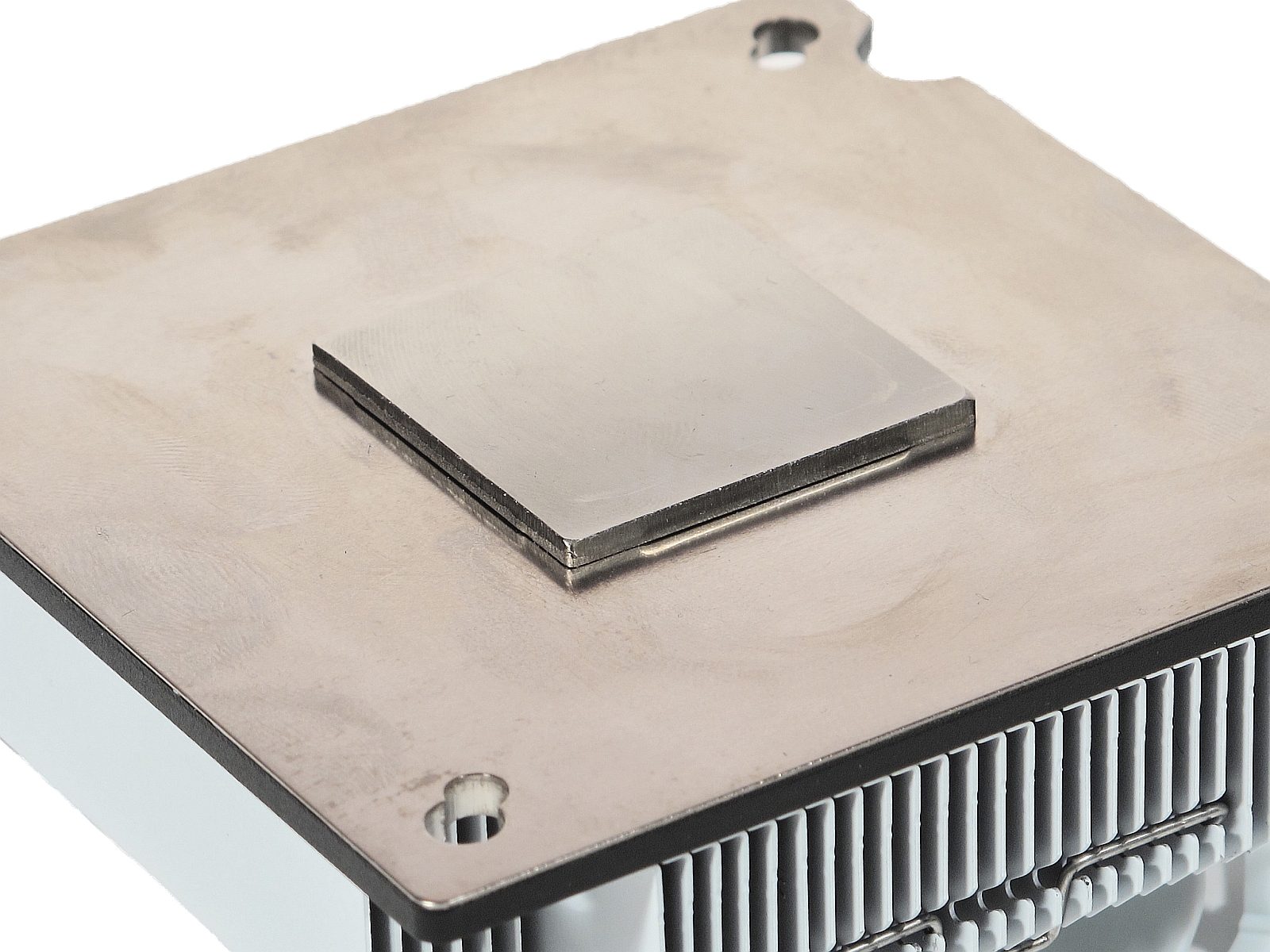
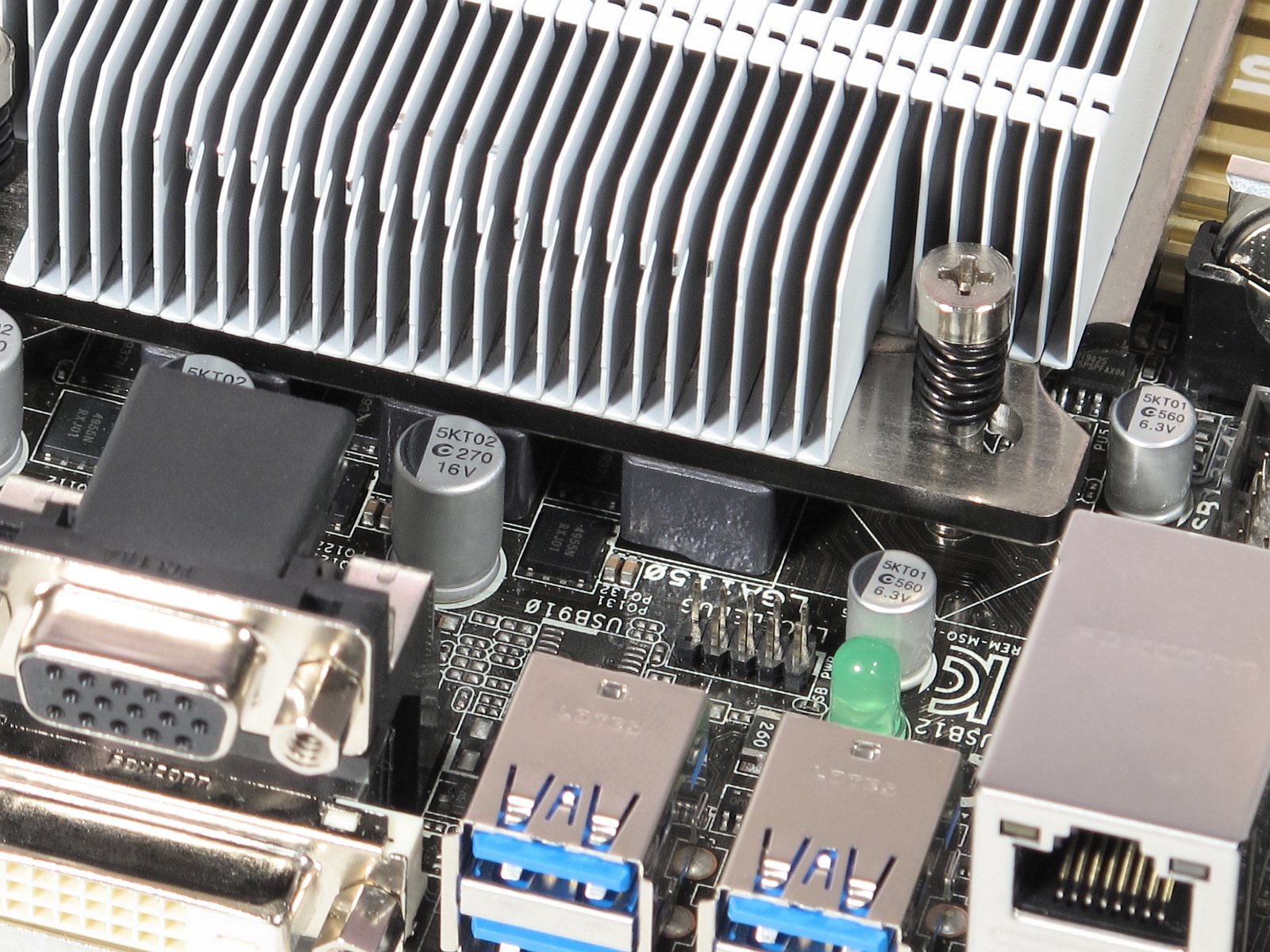
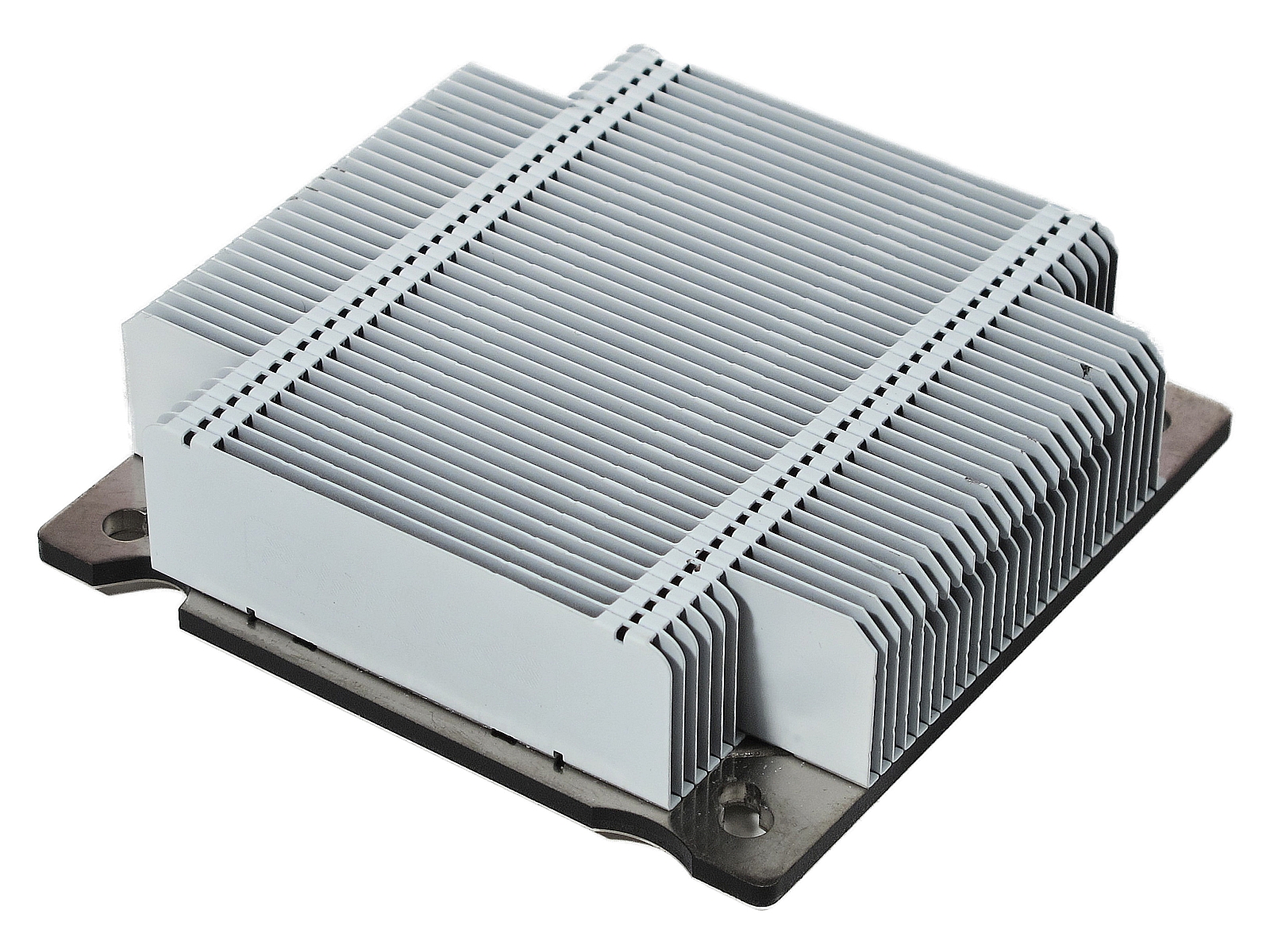
The bottom of the plate, where contact is made with the CPU, is sanded down slightly. The heat sink is symmetrical (all four sides are equally long). And you can't install this thing on AMD-based platforms; it's only compatible with Intel's LGA 115x and 2011 interfaces.
Don’t try to swap the fan, either. The bundled cooler has a non-standard frame that is, unsurprisingly, white.
Installation And Compatibility
Installation is easy. Place a metal back plate on the back of your motherboard, set the heat sink on your CPU, and tighten down the sink with four screws.
The fan is installed using mounting brackets. Optionally, two narrow rubber strips can be glued on the fins first, which should mechanically decouple the fan from the heat sink. Because it's symmetrical, the cooler can be arbitrarily rotated in 90° steps.
Get Tom's Hardware's best news and in-depth reviews, straight to your inbox.
Benchmark Results
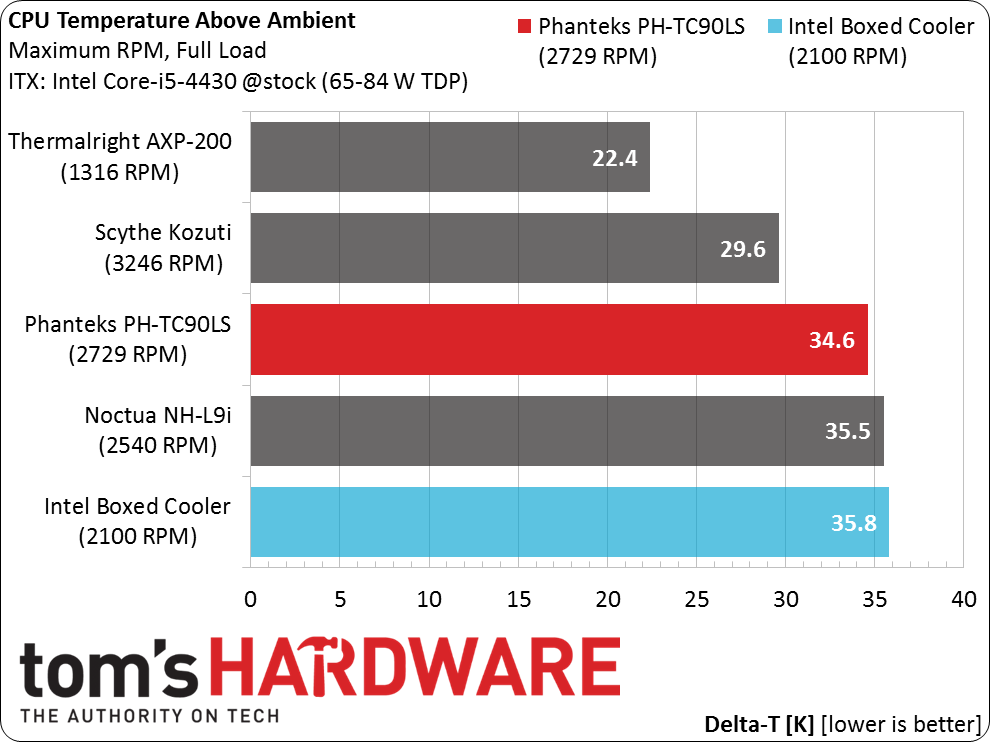
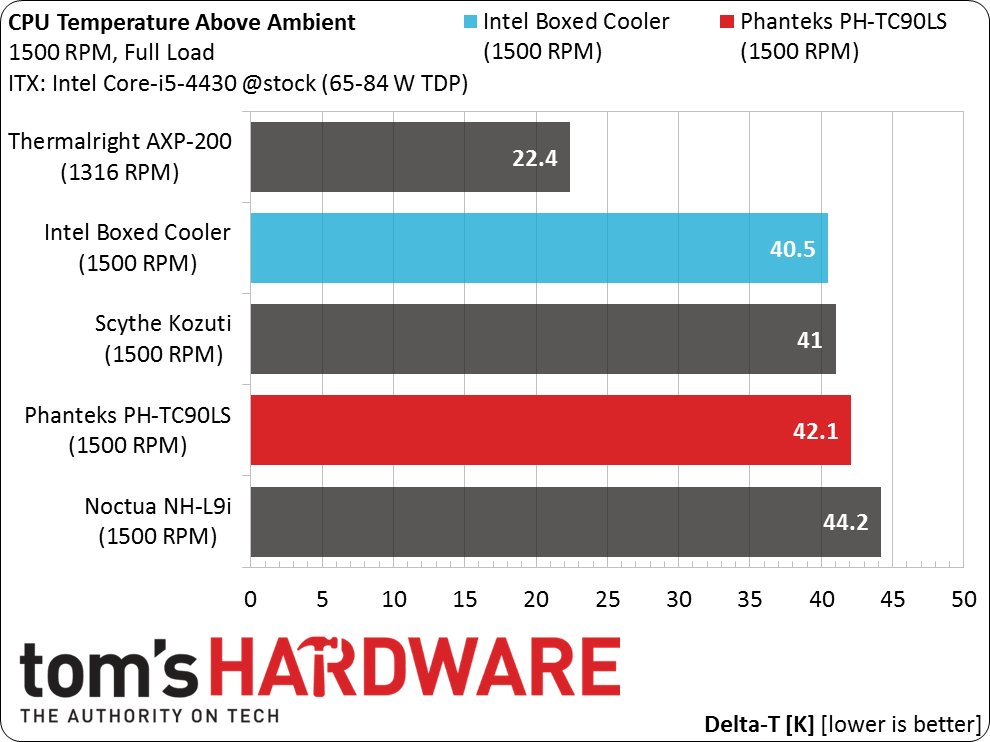
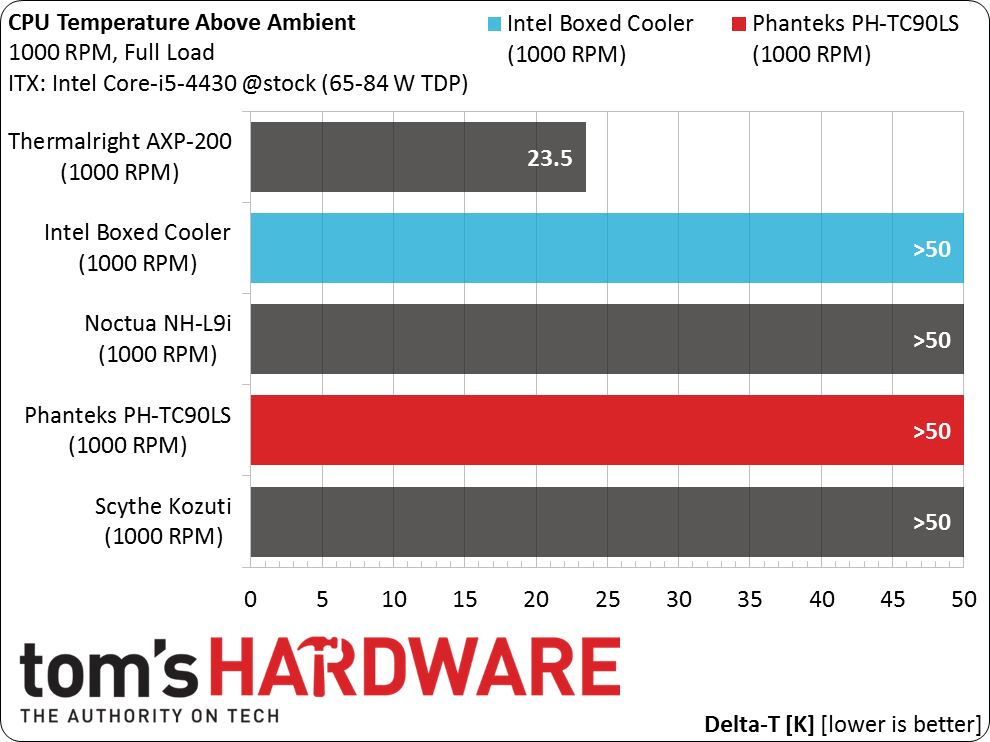
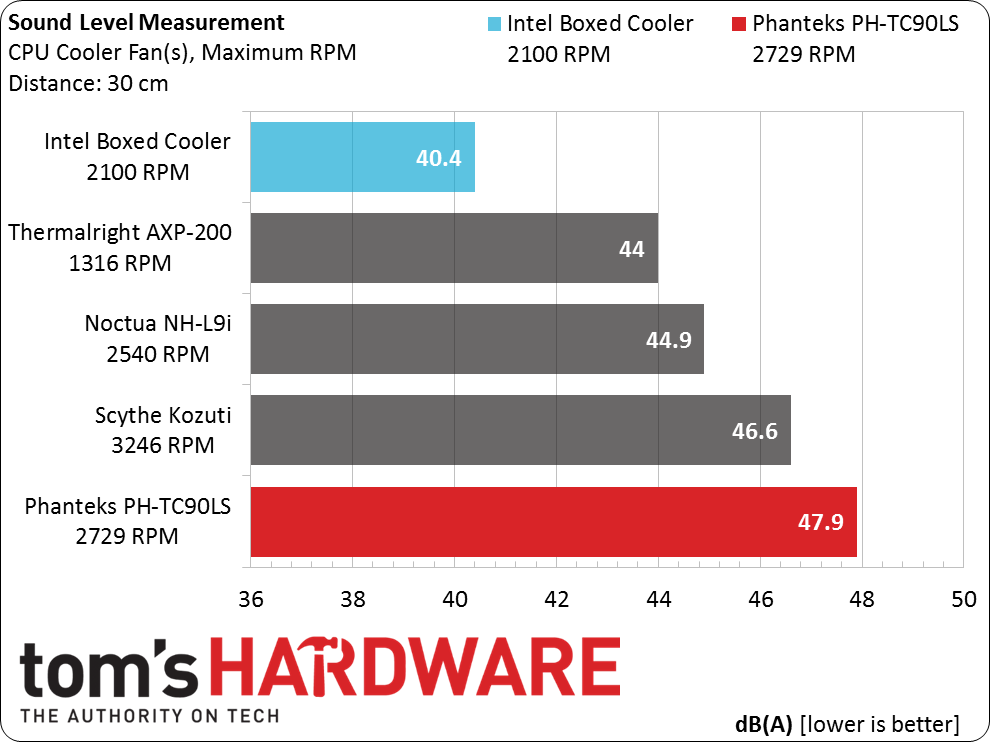
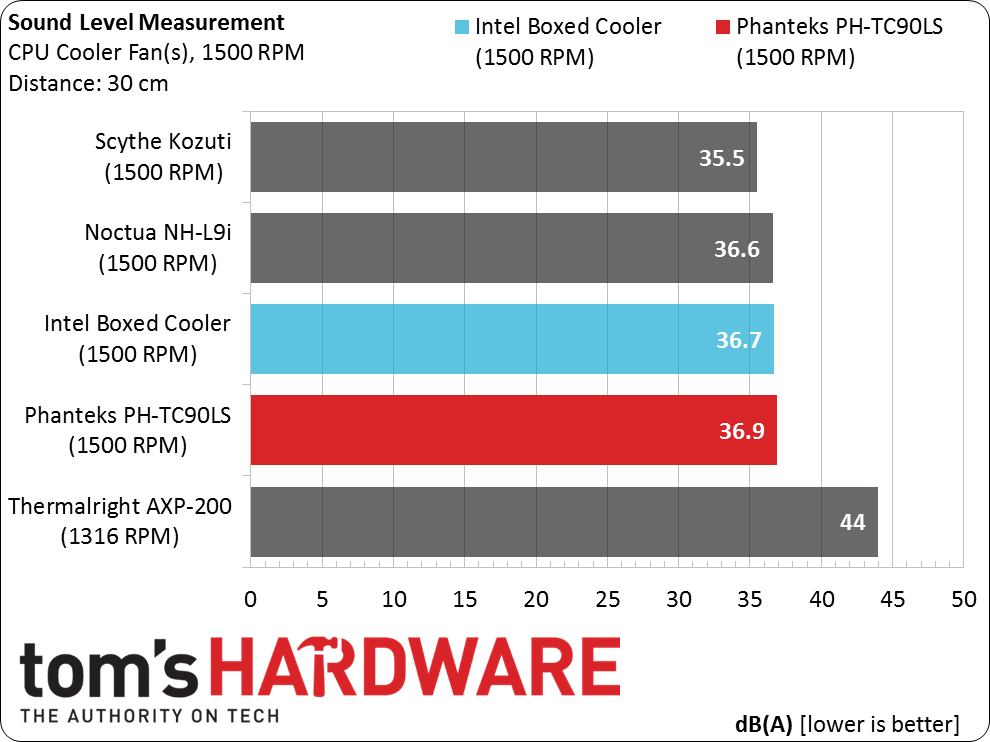
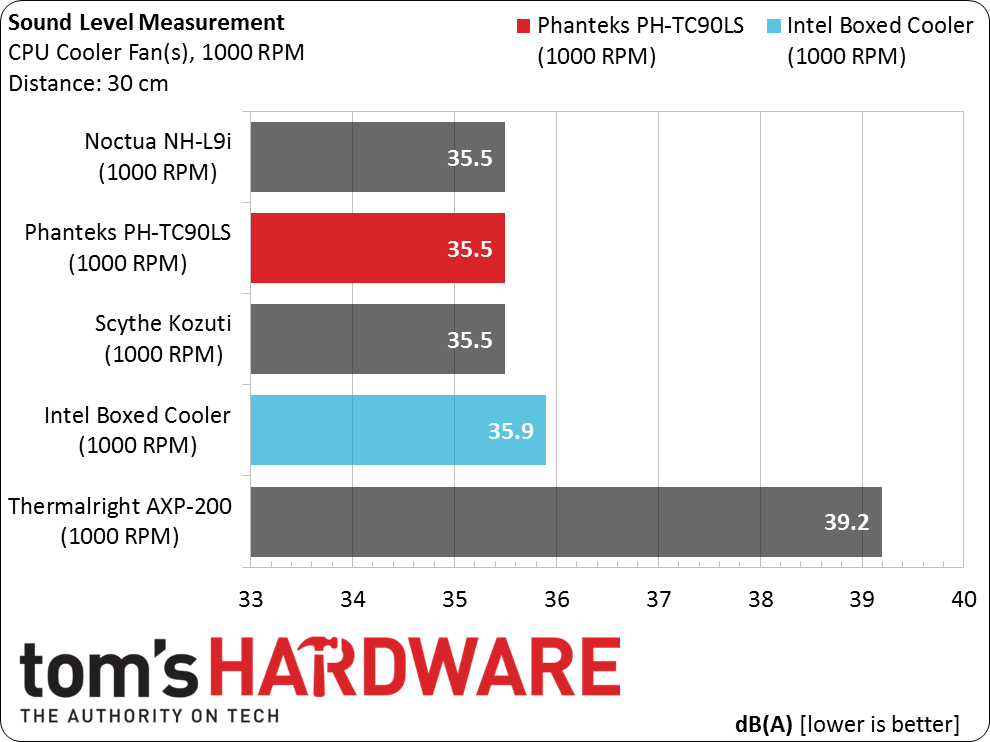
Conclusion
The white Phanteks PH-TC90LS is definitely one of the best-looking coolers we have on-hand, and it won't break the bank with a $30 price tag. Unfortunately, its cooling performance is not on a par with those good looks. In fact, it's barely able to beat Intel's bundled solution. Moreover, its sound level is high enough that you'll notice the noise.
There are other coolers that perform better. At least this one comes with a five-year warranty. And due to those internal heat pipes, we suspect it'd pull away from Intel's bundled sink at higher power levels.
Correction: This article was updated at 7:21 pm ET to include the correct charts (it had erroneously displayed the charts from the Scythe Kozuti Review).
-
qlum I think you posted the wrong benchmarks here as theytt don't show the phanteks one at all and instead show scythe.Reply -
LostAlone The series of ITX cooler reviews has shown me that if I ever build another mini-ITX machine it'll be making use of a closed loop water cooler. Just about any case that can handle an ATX power supply can fit a 120mm radiator somewhere and even the worst closed loop should beat out any low-profile air sink. Plus the better airflow across the RAM and power circuits should help stability too.Reply -
ubercake Benchmarks don't even show up for me? I see 'Benchmark Results' followed by a blank space then 'Conclusion'?Reply -
Tedders Even though the chart is the incorrect one for this article, I am confused as to why a Noctua NH-L9i was used on a processor with more than 65w tdp. No wonder the results for it look terrible.Reply -
g-unit1111 Reply14777786 said:The series of ITX cooler reviews has shown me that if I ever build another mini-ITX machine it'll be making use of a closed loop water cooler. Just about any case that can handle an ATX power supply can fit a 120mm radiator somewhere and even the worst closed loop should beat out any low-profile air sink. Plus the better airflow across the RAM and power circuits should help stability too.
Depends on the case, if you were to go for something like a Fractal Design Node 605 or 304 those could handle one very easily. Something that's low profile on the other hand like a Silverstone ML04 would have a hard time fitting such a cooler. Right now I'm using one with a Pentium G3258 and it's running off the Intel stock cooler and doing fine.
